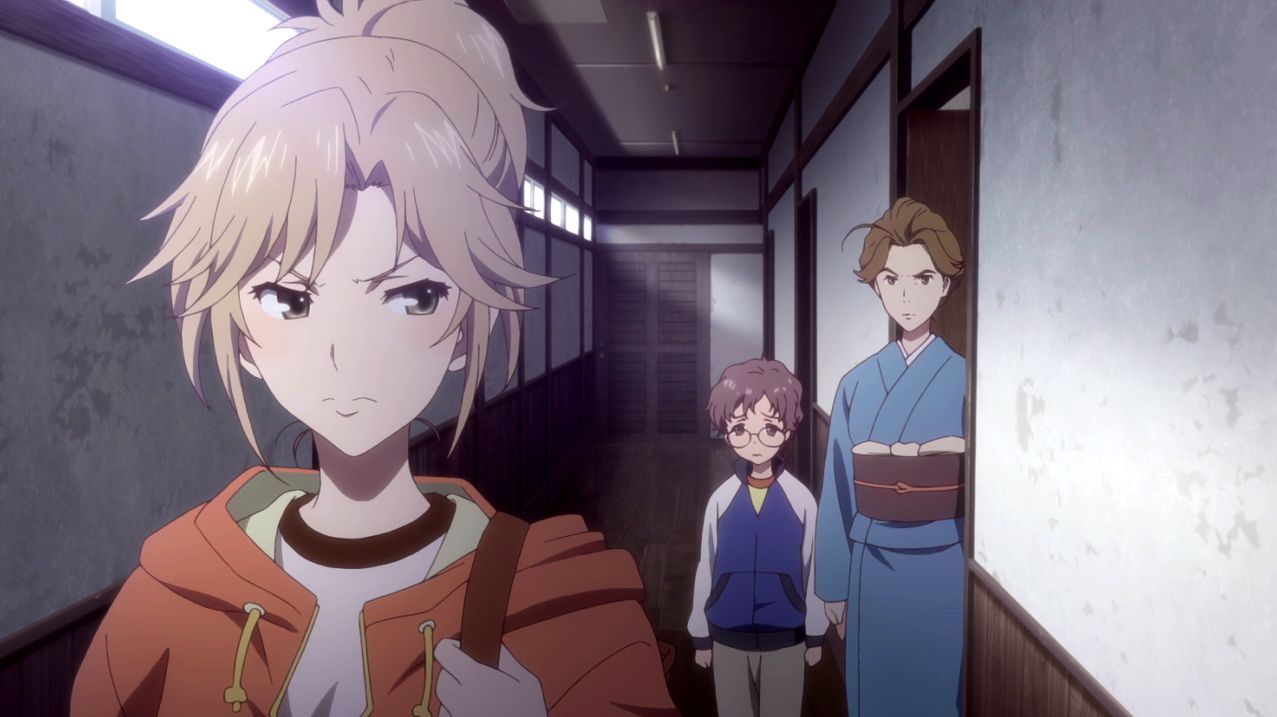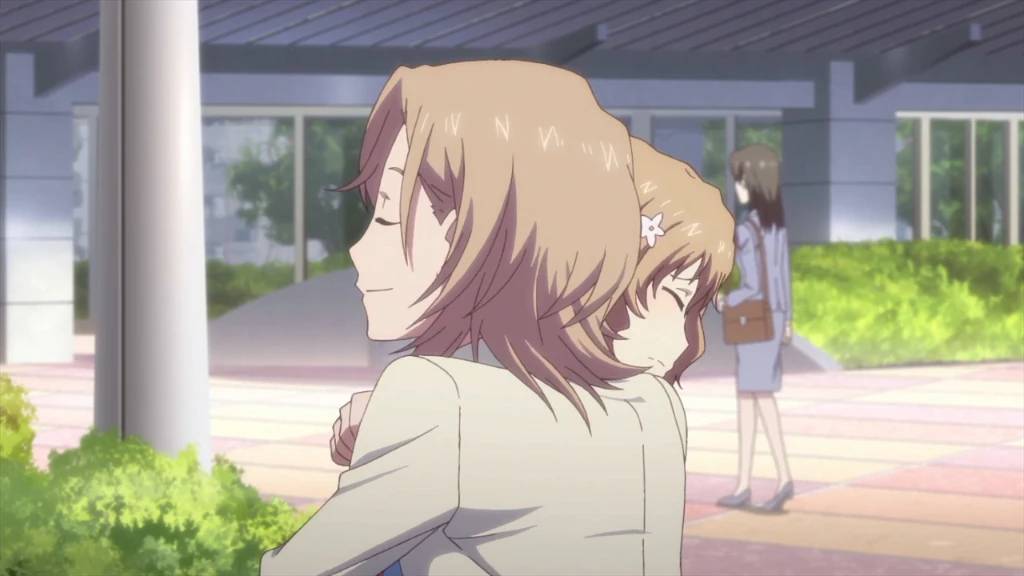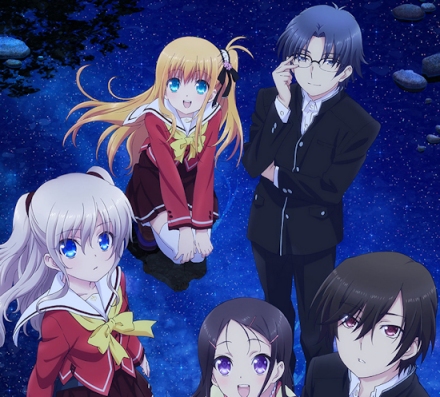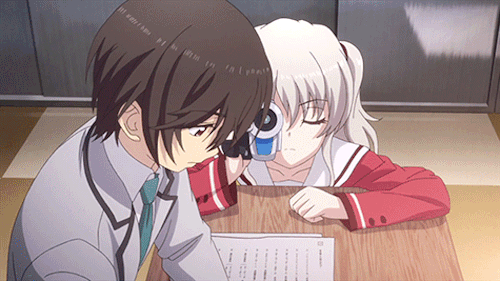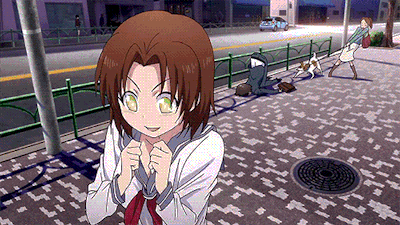Chances are that if you were linked here from another blogger pal, then you might be new. To those first-timers, “Hi, I’m Takuto, welcome to my anime cafe!” For the OWLS blog tour’s fourth monthly topic of 2020, “Hope,” I wanted to put aside my more elaborate thoughts on the entertaining and endearing Shirobako and just kinda ramble about creativity and the future. (Worry not, I’ll have more to say in a series review forthcoming!)
We are in the midst of a pandemic which has led people to live in fear and anxiety over the coronavirus. For this month, rather than seeing the dark side of the situation we are living in, we will be exploring anime and other pop culture mediums that bring hope for humanity and why they have such a positive impact on us.
This is such a wonderful topic, and yet I feel so unprepared for it. I hope you guys will enjoy what I’ve got to share. Thanks Lyn for the prompt!
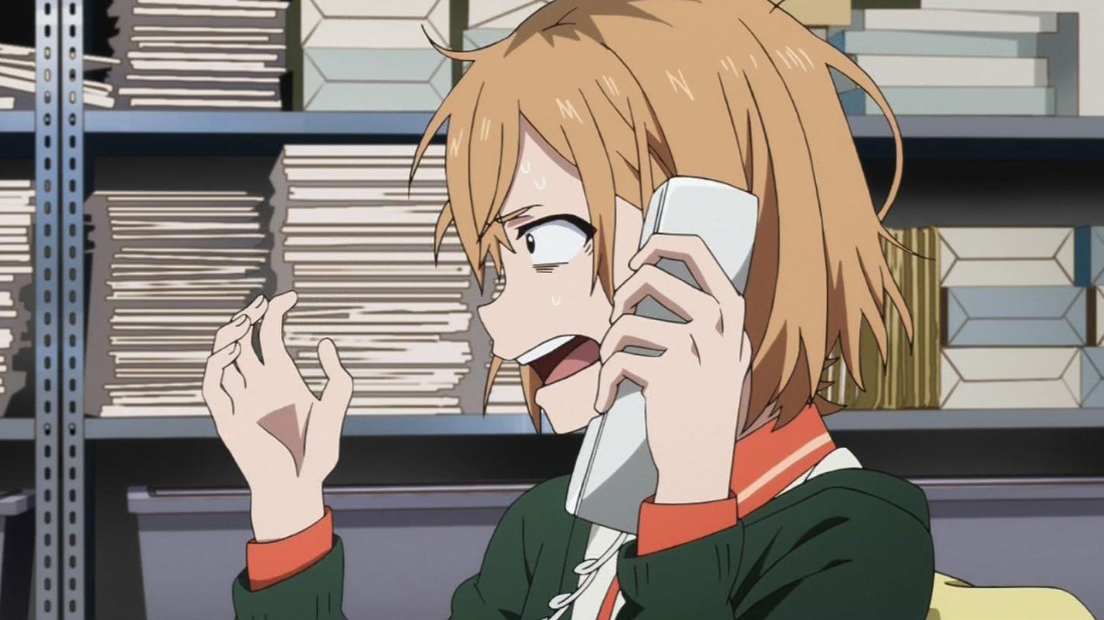
A brief discussion of the 24-episode fall 2014 anime “Shirobako,” animated by P.A. Works, directed by Tsutomu Mizushima, and based on the original story by Michiko Yokote.
Being Creative is Tough
Five high school girls had dreams of creating an anime together after showing off the labors of their club’s hard work in a school festival. Skip forward a couple years and we see that while Aoi and Ema made it into a reputable studio in the industry, all five of them are struggling to find a greater purpose behind the work. It would seem that the path to one’s dream job is littered with all kinds of trials and unexpected turns.
At Musashino Animation, Aoi Miyamori has it pretty decent as a production assistant compared to her animator friend Ema. Miyamori’s job entails coordinating emails between departments and outside sources, scheduling meetings, running errands, maintaining public relations, and generally keeping everyone on task—including a notoriously nervous director and a whole crew of constantly tired animators, key artists, and the like. Half the battle, as one can imagine, is not with the work itself, but the people behind it.
But where Ema’s sights are clearly set on becoming one of the best animators the industry’s ever known, Miyamori often finds herself asking why she even joined the animation world in the first place. Despite the job suiting her better than she realizes, Miyamori feels adrift in an industry that’s been chewing people up and spitting them out for years. While the road to success is rough now, it’s only bound to get rockier—not to mention veer off the path more than once. Still, this is the world that Miyamori dreams of working in, and dreams—as she realizes—can still be achieved through unyielding perseverance and a splash of creativity.
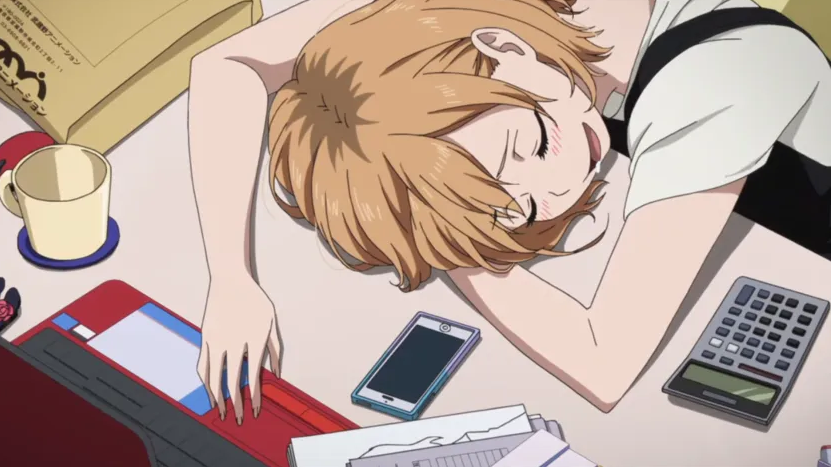
A Future Unknown
Office stress, annoying coworkers, late nights, instant meals—oh Miyamori, how I feel for you. As a young twenty-something myself, it can seem near impossible to try exploring other potential avenues of interest when all our time and energy is drained just by living day to day. In struggles like this where future seems unclear, we want simple work, mechanical work. Even if it’s repetitive and dull, it is stable, and reliably puts food on the table each night. Because she does not yet know what she truly wants to do in life, Miyamori continues to slave away, giving her current job everything she’s got despite its tedium.
On the other hand, when we have something to look forward to—a goal or a higher purpose in mind—we find ourselves more willing to take risks, and risk is always a scary thing. This isn’t just as a feeling of general optimism, but a yearning for something more in life. It’s a feeling of being destined for greatness, even if the path to that future lies completely unpaved. Miyamori knows deep down that she’s just as creative and visionary as her friends are—now she’s just got to figure out what niche she belongs in. As we see for her, others will help pave this path, and brick by brick, slowly, everything will come together in the end.
It sounds easier to just coast the less pleasurable route out, but that’s the trap. Before you know it, more time has passed by, and seldom do second, let alone third, fourth, or fifth, chances come along. Through her interactions with some of the big wigs who have been in the industry for decades, Miyamori finds that they all had specific goals to strive for. With this realization comes aspiration, and soon it dawns on her what she must do: Once one’s goal in life has been found, you should take time to figure out how you can achieve it. If you’ve done everything right, you’ll probably end up having to make a critical decision: Will you play things safe, or risk it for the chance to dream big?

At the Crossroads of Happiness & Hope
Life is full of choices we have to make, crossroads we have to pass. But it’s because crossroads exist that people can get a true start on their lives and do the things they’ve always wanted to, whether that is explicitly known to them in the moment or not. Crossroads are a curse, but they also provide hope—the hope that people can choose their own path in life and make something fantastic out of their time on earth. They’re a necessary evil, the riskiest kind of choice, but once you know deep down that you made the right choice, there truly is no better feeling.
As Miyamori’s friends start to see the crossroads lay out before them, they decide to chase down the path of their dreams. In the end, Ema, Shizuka, Misa, and Midori each chose the riskier path—the hopeful path—over the one guaranteeing security. All at once, everything starts to look a lot brighter for them. Sure, there will be rough days and hard nights ahead, but at least they can sleep knowing that this is indeed the path for them.
Suddenly—as if all the clouds parted at once—tomorrow seems a heck of a lot brighter than the day before for these ladies. The air is lighter, the sky looks clearer, and all because they realized what they really wanted to do in life. Doesn’t that sound like a wonderful feeling? That is what gives people hope—pursuing passion and happiness even if the future seems uncertain. I wonder what path Miyamori will choose . . .

There is no occupation that doesn’t have its difficulties. That’s why the rest is how much you’re able to endure after all of the humiliation you face. — Rinko Ogasawara
Afterword
Shirobako spoke to me with all kinds of wisdom, I love it so much. Again, I’ll have a full series review out for Shirobako here in a bit, hopefully, so please look forward to that! I’ve really enjoyed watching Shirobako, and I’m so glad I held off on it until now. The series is full of pathos that I’m sure any creative can relate to. Sorrows and frustrations blend perfectly yet realistically with the joys and satisfaction of being involved with the arts, and the whole experience has been absolutely healing for a soul like mine. Thus, I hope you enjoyed some of my takeaways from the series here today!
This concludes my April 11th entry in the OWLS “Hope” blog tour. My dear friend Lita (LitaKino Anime Corner) went right before me with a sweet post on Cells At Work that you really shouldn’t miss! Now, look out for my buddy Matt (Matt in the Hat) with a post on one of his favorite superhero icons, Spiderman, this coming Monday, April 13th! Thank you so much for reading, and until next time!
– Takuto









